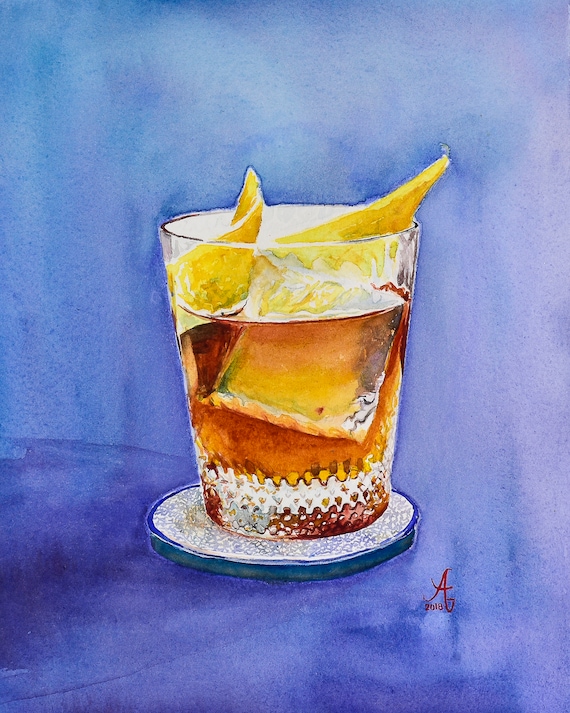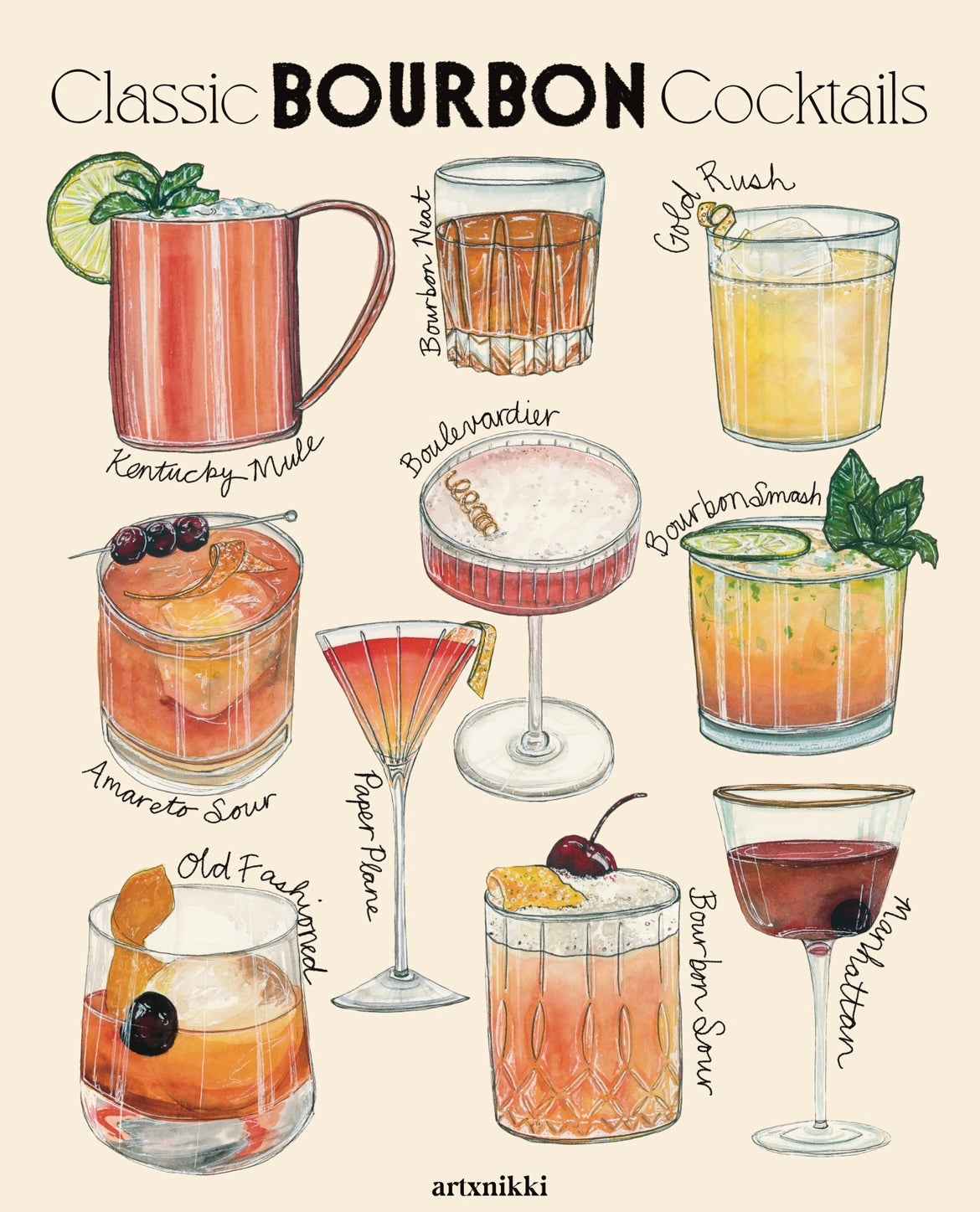Realism Art in the Whiskey Market: Portraying Moments of Distillation
Realism Art in the Whiskey Market: Portraying Moments of Distillation
Blog Article
The Significance of Whiskey Art in Celebrating Heritage and Workmanship in the Beverage Industry
The detailed connection between bourbon art and the party of heritage and craftsmanship within the drink market can not be overstated. Via thoughtfully designed bottles and tags, bourbon brand names envelop their historic origins and the artisanal abilities that specify their production techniques. This creative measurement not just improves market allure yet likewise works as an avenue for social narration, cultivating a deeper link between the customer and the craft. As we explore the various facets of this topic, appealing concerns regarding the impact of modern trends on typical methods occur, triggering more exam.
The Historical Roots of Whiskey
At the heart of scotch's appeal lies an abundant tapestry of historic origins that map back to old worlds. The beginnings of scotch can be linked to the distillation practices of the Sumerians and Babylonians around 2000 BCE, where very early forms of fermented grain drinks began to emerge. Nevertheless, it remained in the Middle Ages that the art of distillation advanced substantially, specifically in Ireland and Scotland, causing the creation of scotch as we understand it today.
The term "bourbon" itself acquires from the Gaelic word "uisce beatha," meaning "water of life." This expression underscores the social value of scotch in Celtic cultures, where it was commonly related to routines, parties, and communal bonding. By the 15th century, purification ended up being an acknowledged craft within reclusive areas, leading the way for the establishment of legal distilleries.
As profession routes increased, scotch's appeal expanded, going beyond regional borders and capturing the interest of aficionados worldwide. Limited Edition. This historical journey mirrors not just the craftsmanship behind whiskey production however likewise its essential duty in social and cultural contexts, noting it as a substantial beverage throughout history
Artistic Expression in Branding
Bourbon branding stands as an engaging crossway of virtuosity and business, where aesthetic identification plays a critical duty fit consumer assumption. The visual appeals of whiskey tags, packaging, and marketing materials mirror not just the brand name's story but also its core worths and heritage. Through creative expression, distilleries share a narrative that reverberates with consumers, stimulating feelings and sparking links.
Making use of shade, typography, and imagery in branding serves to differentiate items in a saturated market. For example, standard concepts may stimulate a sense of credibility and workmanship, while contemporary layouts can indicate technology and forward-thinking. This tactical artistic instructions boosts brand name acknowledgment and loyalty, enabling consumers to create an individual connection with the whiskey they choose.
Moreover, artistic expression in branding commonly serves as a celebration of regional heritage. Distilleries regularly incorporate local symbols or historic recommendations right into their designs, producing a feeling of area that welcomes consumers to take part in a wider cultural experience. Inevitably, the artistry behind whiskey branding not only enhances aesthetic allure however likewise enhances the overall narrative of the brand, promoting a deeper recognition for the craftsmanship and heritage ingrained in each container.
Craftsmanship in Container Style
The virtuosity evident in bourbon branding prolongs past visual identification to encompass the craftsmanship included in bottle style. Each container acts as a vessel not just for the spirit within, however additionally for the tale it informs concerning its practice, top quality, and origin. The layout procedure requires meticulous attention to detail, as elements such as closure, shape, and product add significantly to the general perception of the whiskey.
Workmanship in container layout includes selecting top quality glass that can improve the bourbon's color and clarity, while also providing a responsive experience for the customer. The silhouette of the bottle have to be both useful and aesthetically appealing, usually showing the heritage of the brand. Many distilleries decide for distinct forms or embossed logos that stimulate a feeling of credibility and look at these guys background.
Additionally, the tag layout and typography play a vital duty in interacting the brand's narrative. Bourbon Art. A well-crafted bottle not only astounds the consumer's eye however likewise reinforces the brand name's commitment to top quality and practice. This way, the workmanship of container layout comes to be an essential aspect of the whiskey experience, combining virtuosity with a profound respect for heritage
Cultural Importance of Scotch Art
Commemorating practice and craftsmanship, the social significance of whiskey art goes beyond mere aesthetic appeals, intertwining with the historic and social narratives of the regions where it originates. Each container works as a canvas, showing the distinct stories, folklore, and practices that have shaped neighborhood whiskey-making practices. The intricate layouts commonly reflect the heritage of the distillers, incorporating signs and concepts that reverberate with the culture and worths of their areas.

On top of that, bourbon art plays a vital duty in public events and celebrations, functioning as a concrete web link in between people and their shared experiences. By appreciating the virtuosity in scotch packaging, consumers cultivate a deeper understanding and respect for the craft, inevitably enhancing their enjoyment of the beverage itself.
Modern Trends in Scotch Presentation
In the last few years, the discussion of bourbon has actually developed to show contemporary preferences and trends while still honoring conventional craftsmanship - Bourbon Art. Distilleries are significantly concentrating on aesthetic components that enhance the total alcohol consumption experience, bridging the gap between heritage and modernity
Ingenious bottle styles have emerged, often including sustainable materials and artistic tags that inform compelling stories. Numerous brands currently team up with regional musicians, instilling their products with unique aesthetic expressions that reverberate with customers. In addition, limited-edition releases are commonly packaged in collectible containers, including value and charm for aficionados.

Final Thought
In conclusion, bourbon art offers as a vital channel for sharing the heritage and workmanship intrinsic in the beverage market. Through intricate branding, ingenious bottle styles, and culturally significant imaginative components, bourbon brands successfully recognize their practices and link with customers. This creative story not only boosts the gratitude of scotch but also enhances neighborhood identification and satisfaction amongst producers. Ultimately, bourbon art plays an important function in preserving and celebrating the abundant social tapestry of whiskey-making.


Workmanship in bottle design includes picking high-quality glass that can enhance the whiskey's color and clearness, while also giving a tactile experience for the consumer. In this means, the workmanship of container design becomes an essential element of the scotch experience, combining virtuosity with a profound respect for heritage.
In conclusion, bourbon art offers as a vital avenue for expressing the heritage and craftsmanship intrinsic in the drink industry.
Report this page